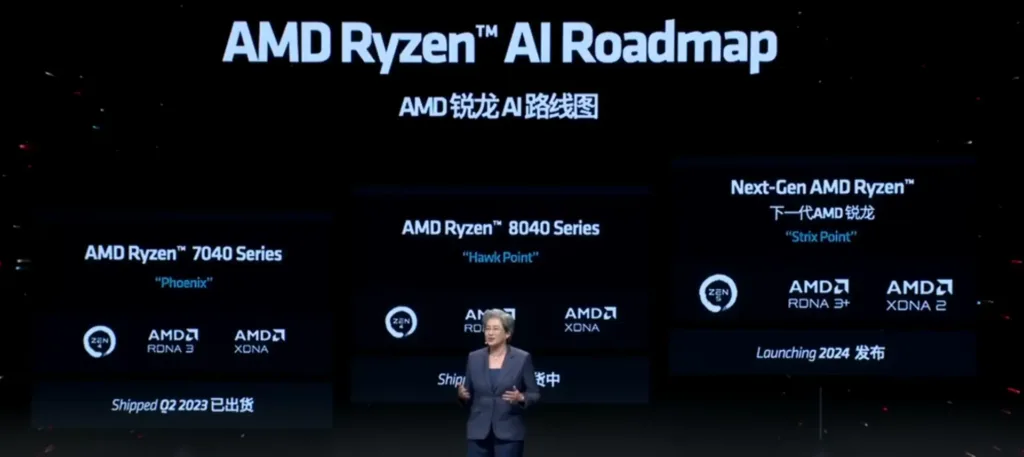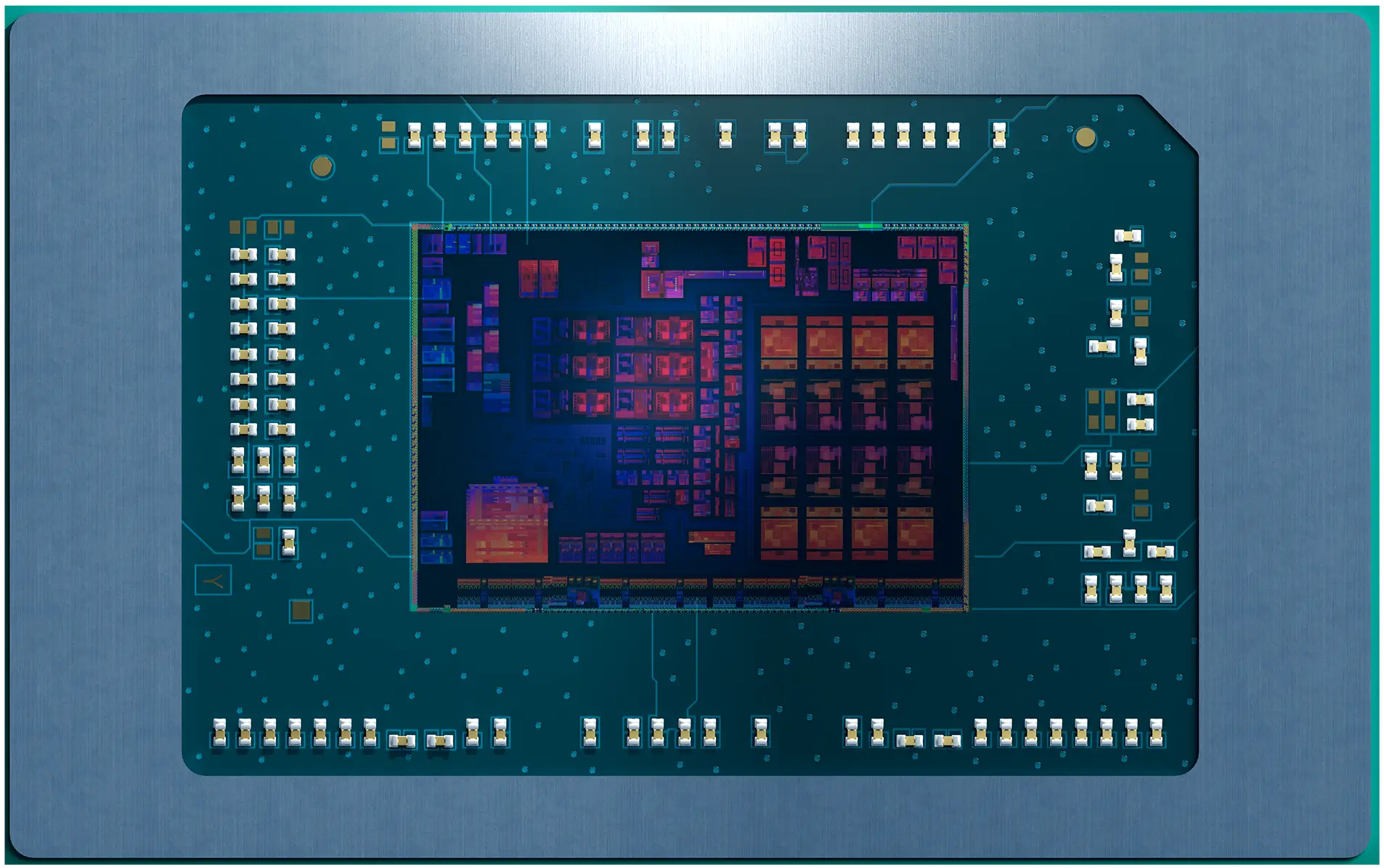It’s 2024 and it is time for Zen 5 to debut. While we know the upcoming AMD mobile processors and their roadmap, we now have more details on the max core count and configurations for these Zen 5 families.
According to the latest information from @Olrak29_, Zen 5 will underpin a wide array of products, with at least five expected for the mobile segment alone.
- Strix Point: The flagship APU, potentially offered in monolithic and premium chiplet designs. The standard monolithic design may have up to 12 cores (4 Zen 5 + 8 Zen 5C), a 50% increase over current Zen 4 models.
- Strix Halo: The chiplet-based “Halo” variant could boast up to 16 cores, RDNA 3+ graphics, and a powerful AI engine.
- Kraken Point: Designed for thin and light laptops. These APUs may feature 8 cores (4 Zen 5 + 4 Zen 5C).
- Sonoma Valley: A low-power chip likely replacing Mendocino APUs, and potentially powering the next-generation Steam Deck. It may offer 4 Zen 5C cores.
AMD’s Zen 5 APUs will use two core types: standard Zen 5 ‘Nirvana’ cores for maximum performance, and Zen 5C ‘Prometheus’ cores for improved efficiency. While both share the same architecture, Zen 5C cores run at slightly lower clock speeds.
Expect to see Zen 5C cores across all AMD Ryzen APU families, but not all models will include standard Zen 5 cores.

Strix Point and Strix Halo
AMD’s Strix Point APUs will arrive in two distinct designs. The standard monolithic version will boast 4 Zen 5 cores and 8 Zen 5C cores, totaling 12 cores and 24 threads – that’s a 50% core/thread increase over current Zen 4 APUs.
Strix Halo will be a premium, chiplet-based variant, which will offer up to 16 cores and 32 threads, though its exact Zen 5/5C configuration remains unknown. Both versions will feature powerful RDNA 3+ graphics capabilities.
Strix Point features
- Zen 5 (4nm) Monolithic Design
- Up To 12 Cores In Hybrid Config (Zen 5 + Zen 5C)
- 32 MB of Shared L3 cache
- 16 RDNA 3+ Compute Units
- 128-bit LPDDR5X Memory Controller
- XDNA 2 Engine Integrated
- ~25 TOPS AI Engine
Strix Halo features
- Zen 5 Chiplet Design
- Up To 16 Cores
- 64 MB of Shared L3 cache
- 40 RDNA 3+ Compute Units
- 256-bit LPDDR5X Memory Controller
- XDNA 2 Engine Integrated
- ~50 TOPS AI Engine
Read more: AMD Ryzen 8000 “Strix Point” APU Leaked
Kraken Point
Kraken Point Ryzen APUs target mainstream, thin-and-light laptops. They’ll offer a balanced 8 cores/16 threads (4 Zen 5 + 4 Zen 5C) and an RDNA 3+ GPU.
Read more: AMD’s Next-Gen Ryzen Mobile Processors: From ‘Fire Range’ to ‘Kraken Point’
Sonoma Valley
For even lower power consumption, the Sonoma Valley chip is designed for devices like the next-gen Steam Deck, with its 4 Zen 5C cores and 8 threads.
The Steam Deck currently uses the Aerith SoC (4 Zen 2 cores), with an updated version, Sephiroth, in the OLED model. Sonoma Valley looks to replace both for future Steam Decks and low-power PCs.
Rumors suggest AMD may use Samsung’s 4nm process for Sonoma Valley and other low-power Ryzen APUs and Radeon GPUs.
Related Reading: AMD Roadmap Explained
With AMD’s Computex 2024 keynote just two months away, we can expect official information on the next-gen Zen 5 core architecture and its upcoming Ryzen APU and CPU lineups.

Leave a Reply
You must be logged in to post a comment.